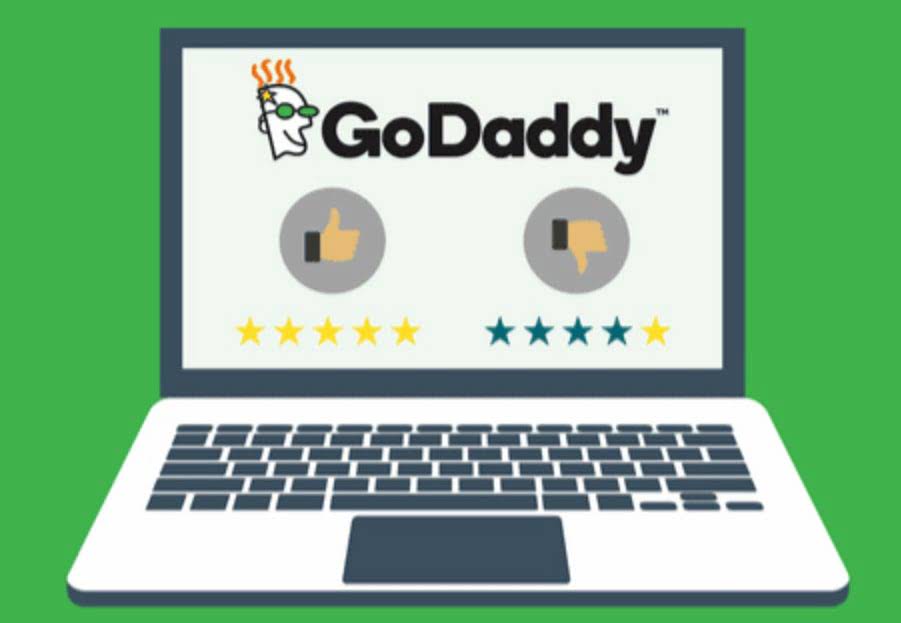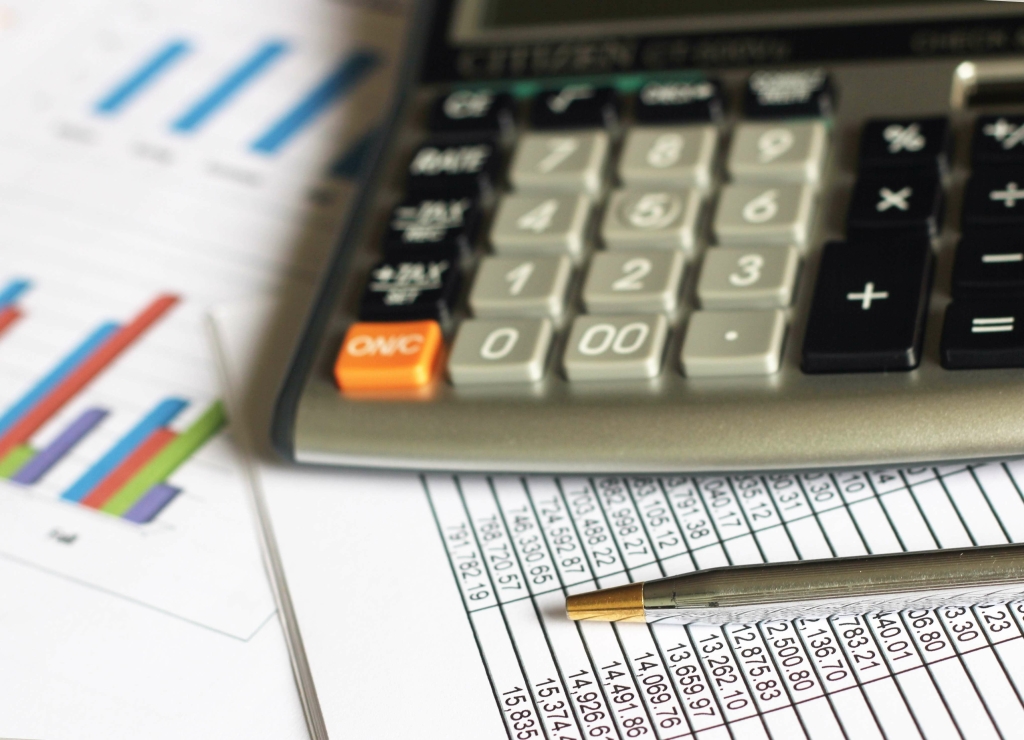Examples of contingent liabilities include warranty liabilities and lawsuit liabilities. Deferred revenue indicates a company’s responsibility to deliver value to its customers in the future and helps provide a clearer picture of the company’s long-term financial obligations. You can calculate your total liabilities by adding your short-term and long-term debts.
Do you already work with a financial advisor?
Contingent liabilities are liabilities that could happen but aren’t guaranteed. Assets and liabilities in accounting are two significant terms that help businesses keep track of what they have and what they https://celz.ru/world/ have to arrange for. The latter is an account in which the company maintains all its records such as debts, obligations, payable income taxes, customer deposits, wages payable, and expenses incurred.
Debits and Credits in Accounting: A Simple Breakdown
For the past 52 years, Harold Averkamp (CPA, MBA) hasworked as an accounting supervisor, manager, consultant, university instructor, and innovator in teaching accounting online. He is the sole author of all the materials https://www.fio.by/startapy/slack-airbnb-dropbox-i-drygie-pretendenty-na-ipo-v-2017-gody-po-versii-venturebeat-2 on AccountingCoach.com. For the past 52 years, Harold Averkamp (CPA, MBA) has worked as an accounting supervisor, manager, consultant, university instructor, and innovator in teaching accounting online.
Our Services
A company may take on more debt to finance expenditures such as new equipment, facility expansions, or acquisitions. When a business borrows money, the obligations to repay the principal amount, as well as any interest accrued, are recorded on the balance sheet as liabilities. These may be short-term http://karaoke-live-paroles.com/article-2221665.html or long-term, depending on the terms of the loan or bond. Operating expenses are the costs incurred during the normal course of business operations. These expenses include items such as wages, rent, utilities, and other expenditures necessary to keep the business running smoothly.
New to Finance? Start here.
A financial professional will offer guidance based on the information provided and offer a no-obligation call to better understand your situation. Our mission is to empower readers with the most factual and reliable financial information possible to help them make informed decisions for their individual needs. Our writing and editorial staff are a team of experts holding advanced financial designations and have written for most major financial media publications. Our work has been directly cited by organizations including Entrepreneur, Business Insider, Investopedia, Forbes, CNBC, and many others.
Most contingent liabilities are uncommon for small businesses, but here are some that you might encounter. Liabilities exist because there are obligations between two parties. In this case, your business has an obligation to do something for or to give something to another person or entity.
- Using the balance sheet data can help you make better decisions and increase profits.
- This line item is in constant flux as bonds are issued, mature, or called back by the issuer.
- A contingent liability is an obligation that might have to be paid in the future but there are still unresolved matters that make it only a possibility, not a certainty.
- We’ve got all of our asset, liability, and equity accounts, and everything equals zero.
- Liabilities in accounting are crucial for understanding a company’s financial position.
- They’re recorded in the short-term liabilities section of the balance sheet.
See how employees at top companies are mastering in-demand skills
You would use this funding to purchase business assets and fund other areas of your operations. Unearned Revenue – Unearned revenue is slightly different from other liabilities because it doesn’t involve direct borrowing. Unearned revenue arises when a company sells goods or services to a customer who pays the company but doesn’t receive the goods or services. The company must recognize a liability because it owes the customer for the goods or services the customer paid for. Assets and liabilities are key factors to making smarter decisions with your corporate finances and are often showcased in the balance sheet and other financial statements.





